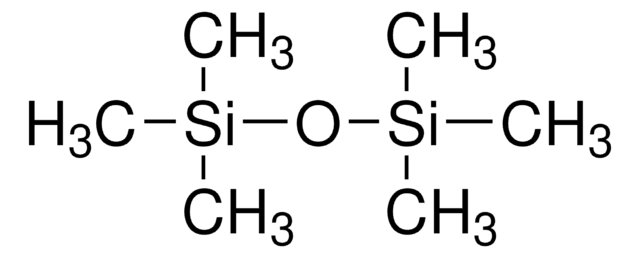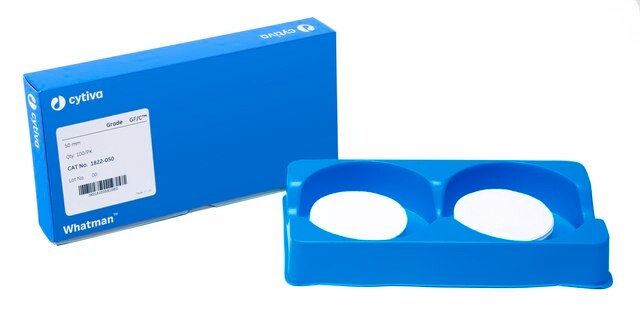87920
Tetramethylsilane
analytical standard, for NMR spectroscopy, ACS reagent
About This Item
Produits recommandés
Qualité
ACS reagent
analytical standard
for NMR spectroscopy
Niveau de qualité
Pression de vapeur
11.66 psi ( 20 °C)
Essai
≥99.5% (GC)
Forme
liquid
Température d'inflammation spontanée
842 °F
Indice de réfraction
n20/D 1.358 (lit.)
n20/D 1.359
pb
26-28 °C (lit.)
Pf
−99 °C (lit.)
Densité
0.648 g/mL at 25 °C (lit.)
Adéquation
suitable for NMR (spectroscopy)
Application(s)
environmental
Format
neat
Température de stockage
2-8°C
Chaîne SMILES
C[Si](C)(C)C
InChI
1S/C4H12Si/c1-5(2,3)4/h1-4H3
Clé InChI
CZDYPVPMEAXLPK-UHFFFAOYSA-N
Vous recherchez des produits similaires ? Visite Guide de comparaison des produits
Description générale
Application
Mention d'avertissement
Danger
Mentions de danger
Conseils de prudence
Classification des risques
Flam. Liq. 1
Code de la classe de stockage
3 - Flammable liquids
Classe de danger pour l'eau (WGK)
WGK 3
Point d'éclair (°F)
-16.6 °F - closed cup
Point d'éclair (°C)
-27 °C - closed cup
Équipement de protection individuelle
Eyeshields, Faceshields, Gloves
Faites votre choix parmi les versions les plus récentes :
Déjà en possession de ce produit ?
Retrouvez la documentation relative aux produits que vous avez récemment achetés dans la Bibliothèque de documents.
Les clients ont également consulté
Notre équipe de scientifiques dispose d'une expérience dans tous les secteurs de la recherche, notamment en sciences de la vie, science des matériaux, synthèse chimique, chromatographie, analyse et dans de nombreux autres domaines..
Contacter notre Service technique










